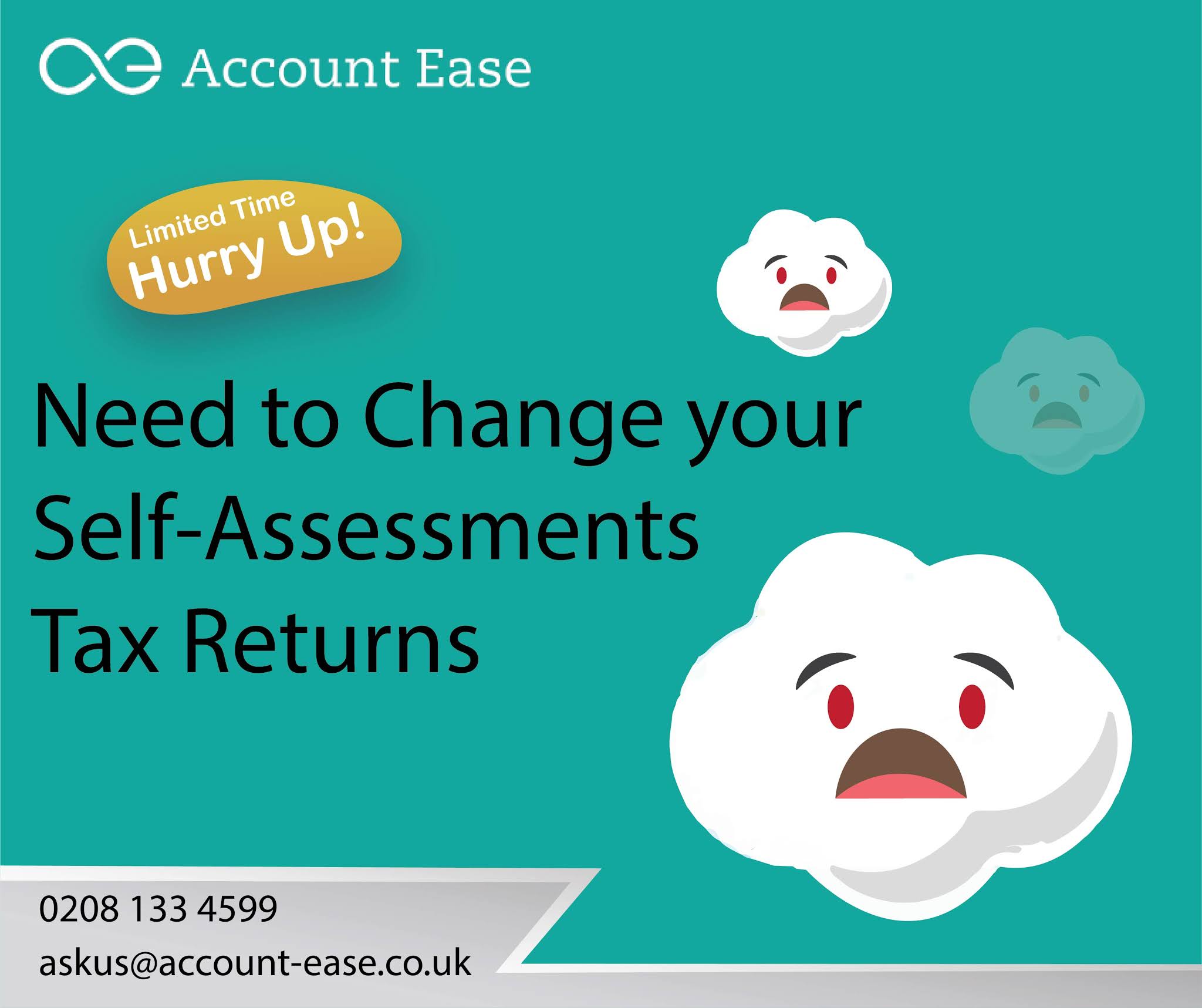What is accounting? by Account-Ease
Accounting is quite simply a tool allowing:
· To
establish at a given moment a photograph of the company
· To
take stock of a given period
· To
perform projections
· To
do this, the accounting is obviously based on figures, but not just any… and
not just any old how.
Indeed, if we are talking about accounting journals, for
example, it is indeed because we are supposed to enter data regularly in these
documents.
The accounting is a fairly general concept.
It designates the entire process of receiving accounting
elements, their classification, their recording, the calculation of the various
balances and accounting results, up to the establishment of standard accounting
documents.
It is a practical discipline which forms the basis of all
management tools.
Accounting is in fact a tool which makes it possible to
identify, analyze and communicate information relating to the economic activity
of an organization as well as to its assets.
Accounting data is expressed in the form of figures,
sometimes in quantities but more often in the form of monetary value. All
records must be dated precisely.
There are two main categories of accounting for companies:
· General
accounting (mainly intended for external actors)
· Cost
accounting (mainly intended for internal analysis)
If the keeping of general accounts is compulsory, the
keeping of cost accounts is not.
It is however very useful to the company to know its costs
and to analyze its profitability. These two types of accounting are
complementary.
In UK, the keeping of accounts is framed by law and obeys
strict accounting principles.
Objectives
and Benefits of accounting:
Keeping accounts allows you to:
· Know
in real time the financial situation of the company
· Identify
the amount and origin of the company's economic results
· Decision-making
aid, allows to justify the decisions taken
· Track
the cash in the cash register, inflows, outflows, available amounts
· Identify
the assets of the company, its various assets and financing
Single-entry and Double-entry Accounting:
There are two systems for recording accounting entries.
Double
entry accounting: any transaction is recorded on two
accounts at the same time.
Single-entry
accounting: a transaction is recorded on a single account.
In single part accounting, less used, the balance between
expenditure and income is calculated, and it is this balance that is entered.
There are therefore two columns, one to describe the
transaction and one to indicate the quantified amount, positive or negative
where applicable.
In double-entry accounting, the system generally used, the
recording of a transaction is made both to the credit of one account and to the
debit of another account, for the same amount.
The entry is made in a credited account and in a debited
account.
Accounting as a Management Tool:
It is by relying on accounting, and therefore on past
elements of the company, that it is possible to carry out management and
especially forecasting management. There is even an established term which is “management accounting”.
By closely studying
the accounts of an organization, it is possible to extract data that will then
be processed in cost accounting. In this way, it is thus possible to make
forecasts, forecasts of activity and to determine a set of useful indicators in
management. We therefore rely directly on the accounting treatment and the
initial classification to construct strategies, analyze costs, etc.
For more articles :
SELF ASSESMENT TAX RESULTS IN UK
Need to Change your Self-Assessment Tax Return




Comments
Post a Comment